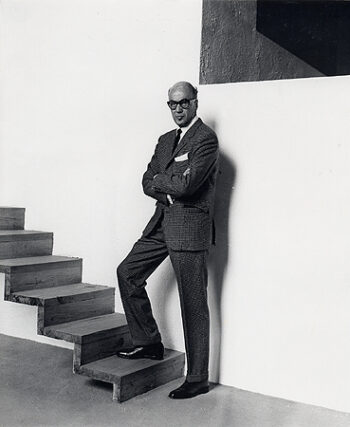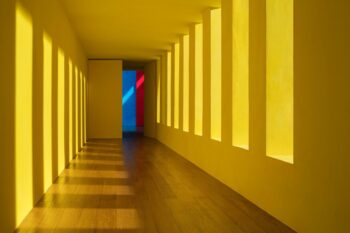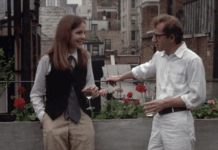By Brian Nixon —
In a packed St. Francis Auditorium in Santa Fe, New Mexico my wife and I heard Cristina Kahlo, great grandniece of Mexican artist Frida Kahlo, discuss the relationship between Frida Kahlo and Georgia O’Keeffe. Kahlo’s lecture was full of respect and admiration for both women artists.
During Kahlo’s presentation, the name Luis Barragán (1902-1988) was mentioned. In a passing remark, Kahlo called Barragán’s work “mystical” and “monastic” (qualities she likened to O’Keeffe as well).
Regarding Barragán, Kahlo showed a slide of a peaceful room with light penetrating, leaving a geometric pattern on the floor. It was a beautiful scene, reminding me of the Light and Space artists from California (James Turrell, Robert Irwin, Larry Bell, and Helen Pashgian), not to mention the aesthetic of O’Keeffe.

Because I’m familiar with both Frida Kahlo and Georgia O’Keeffe’s work, my mind settled on the image of Barragán.
After the lecture, I went home to learn more of the Mexican architect, whose name I was familiar with, but the scope and influence of his work was unknown to me. His architecture is described as “a sublime act of poetic imagination.”
As a devout Catholic, Barragán sought to integrate Christian ideals within his work, stating in his Pritzker Architecture acceptance speech [1], “Beauty, inspiration, magic, spellbound, enchantment, as well as the concepts of serenity, silence, intimacy and amazement” are his “guiding lights.”

Barragán continues, “It is impossible to understand art and the glory of its history without avowing religious spirituality.” Put another way, it’s in our quest for God that leads humanity to higher values—artistically and scientifically.
Continuing, Barragán provides a comment on the concepts that inform his work, among them:
- Beauty: an “ineffable mystery.”
- Silence: “I have always endeavored to allow for the interior placid murmur of silence.”
- Solitude: “Only in intimate communication with solitude may man find himself.”
- Serenity: “Serenity is the great and true antidote against anguish and fear.”
- Joy: “I believe that a work of art reaches perfection when it conveys silent joy…”
Barragán summarizes his Christian vision of architecture noting, “Without the desire for God, our planet would be a sorry wasteland of ugliness.”
With thoughts such as this I can only quote Jesus, “He who has ears, let him hear.”

I went to Santa Fe to learn from a relative of Frida Kahlo, I left learning about a fellow Christian, a man who connected his work to his faith, something we can all learn from.
To discover more about Luis Barragán click here: https://www.barragan-foundation.org and http://www.casaluisbarragan.org/eng/en_index.html.
[1] https://www.pritzkerprize.com/sites/default/files/file_fields/field_files_inline/1980_Acceptance_Speech.pdf



